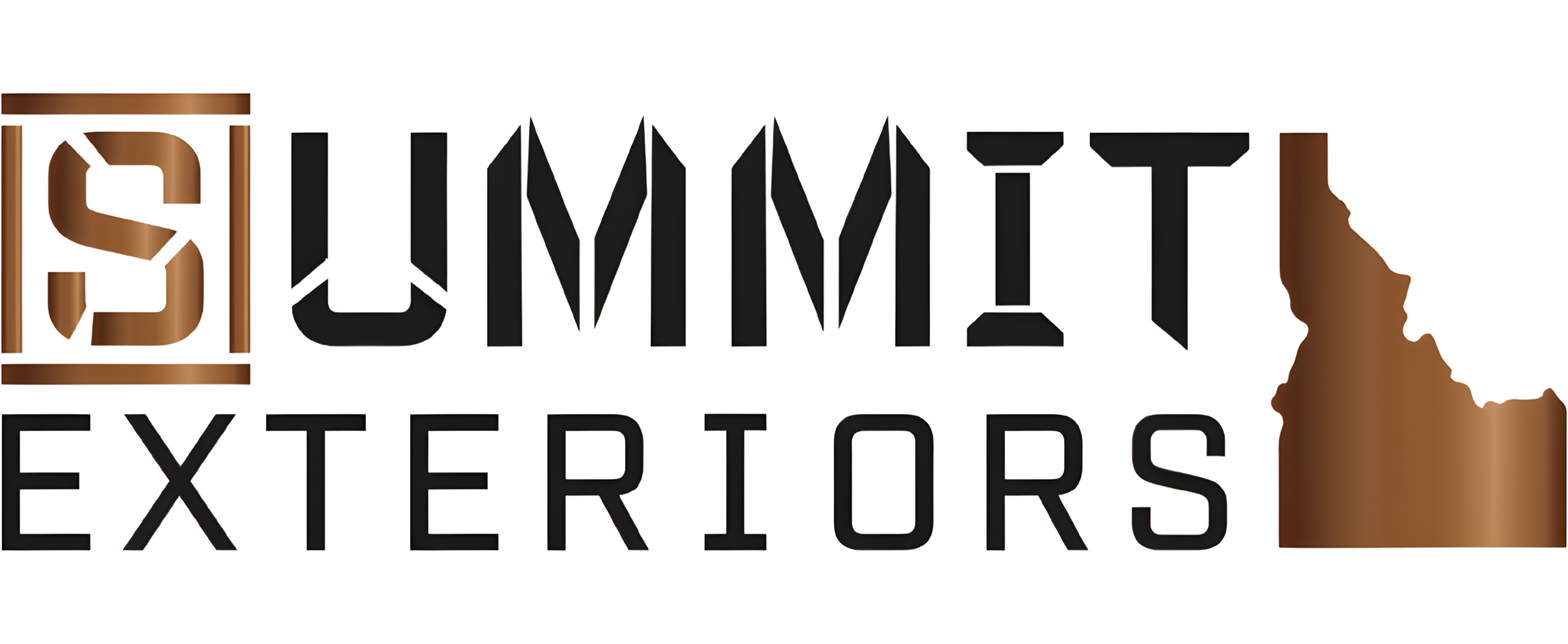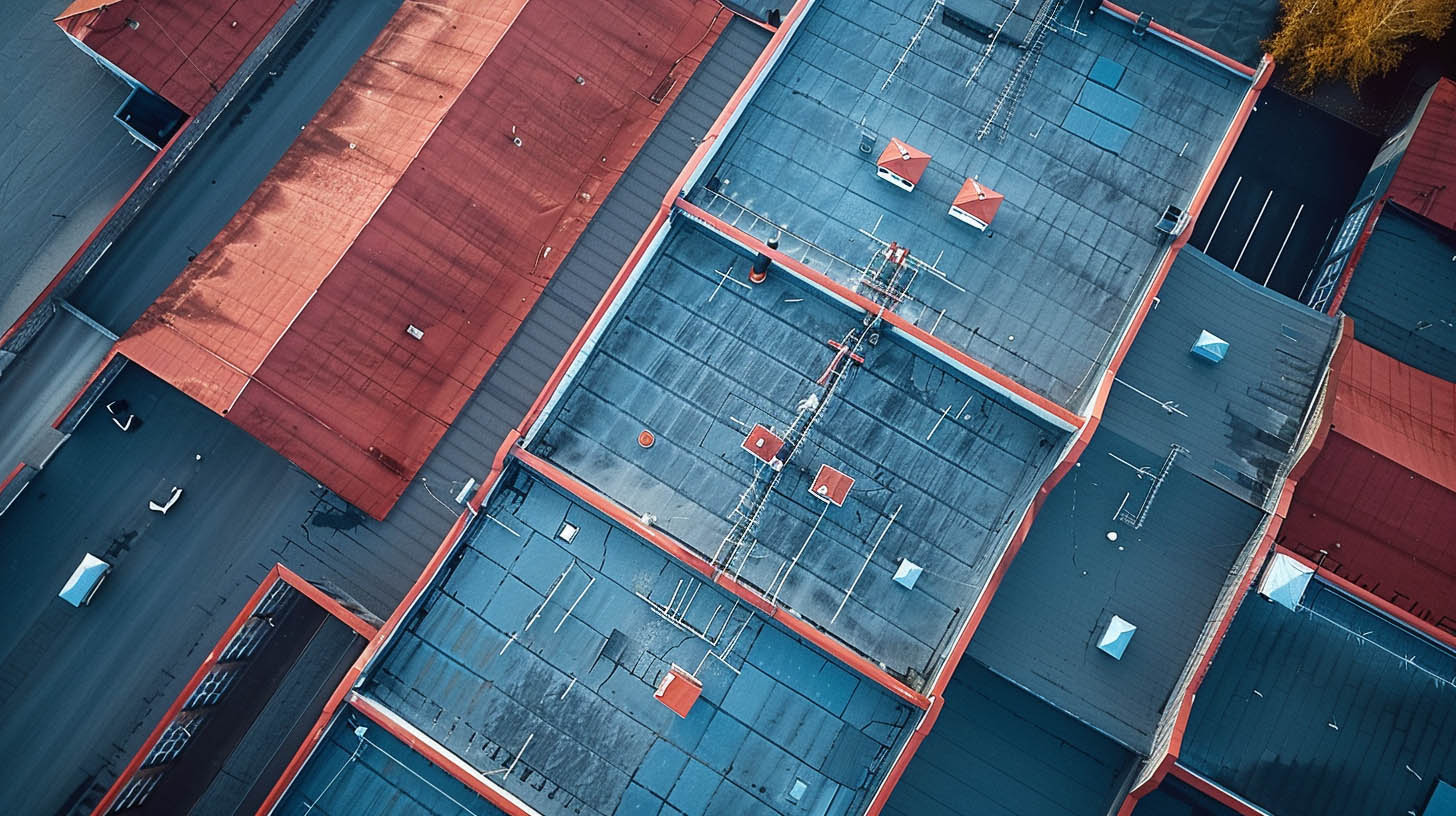Introduction
The complexities of commercial roofing encompass a broad range of materials and application techniques tailored to meet specific environmental conditions and building requirements. Understanding these options is critical for contractors, building owners, and architects to ensure optimal performance and durability of roofing systems. This article provides a detailed overview of the various roofing applications suitable for commercial properties, emphasizing the importance of selecting the right method to enhance building protection and longevity.
Key Roofing Application Techniques
Self-Adhered Roofing Systems
Self-adhered roofing solutions are increasingly popular due to their ease of installation and effective sealing capabilities. These systems utilize adhesive-backed membranes that can be rolled onto the roof surface, eliminating the need for torches or hot asphalt. This method not only reduces installation time but also minimizes disruptions to building operations.
Advantages of Self-Adhered Roofing
Enhanced Safety: Reduces the risk of fires associated with hot application methods.Quick Installation: Simplifies the process, allowing for faster project completion.
Durable Bonding: Provides robust adhesion, ensuring a waterproof and long-lasting roof.
Heat Welded Roofing Products
Heat welding, also known as torch-applied roofing, involves melting the roofing material directly onto the roof deck. This technique is particularly effective for creating seamless, watertight layers that are crucial in climates susceptible to heavy rain and snow.
Benefits of Heat Welding
Strong Seams: Generates cohesive bonds that significantly reduce the risk of leaks.Versatility: Suitable for various types of membranes, offering flexibility in material choice.
Durability: Ensures a resilient roofing system capable of withstanding harsh weather conditions.
Liquid or Cold-Applied Roofing
Liquid roofing involves the application of a fluid coating that cures to form a rubber-like elastomeric waterproof membrane. It is an ideal solution for complex roof layouts where traditional membranes may not be viable.
Characteristics of Liquid Roofing
Seamless Coverage: Offers excellent protection against water ingress.Energy Efficiency: Reflective coatings can significantly reduce cooling costs.
Ease of Application: Can be applied without the logistical challenges of hot works.
Selecting the Right Roofing Application
Considerations for Material Selection
Choosing the right roofing material and application method depends on several factors including:
Building Design: The architectural style and roof slope can influence material choice.Climate: Local weather conditions play a crucial role in determining the most appropriate roofing system.
Regulatory Requirements: Building codes and environmental regulations may dictate certain types of roofing materials and methods.
Summit Exteriors: Your Partner in Roofing Excellence
At Summit Exteriors in Coeur d'Alene, ID, we specialize in providing top-quality roofing solutions tailored to the unique needs of each commercial project. Our expertise extends across a wide range of roofing applications, ensuring that every installation is performed with precision and care. As an Owens Corning Preferred Contractor, we commit to using only the best materials and techniques, guaranteeing superior durability and performance for all our clients.
Conclusion
The choice of roofing application is a critical decision that affects the structural integrity and functionality of commercial buildings. Understanding the different methods and their benefits helps in making informed choices that will enhance the building's durability and aesthetic value. With expert guidance from Summit Exteriors, building owners can ensure their roofing systems are optimally designed to meet their specific needs, providing long-lasting protection and efficiency.



